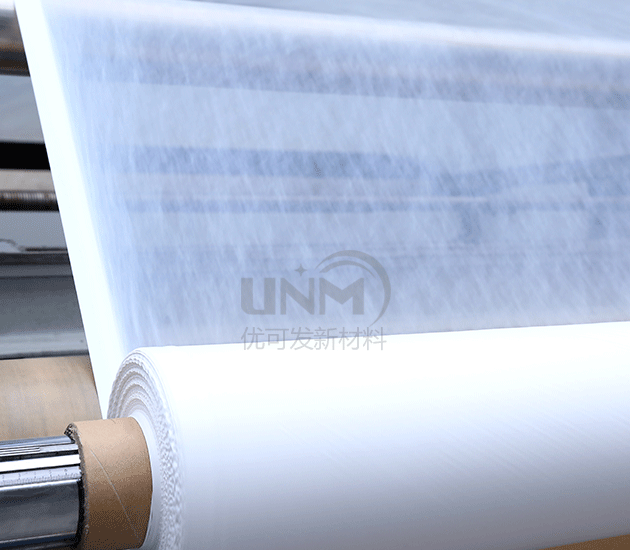Polytetrafluoroethylene (PTFE) microporous membrane is a special polymer material. Due to its excellent chemical stability, excellent temperature resistance and extremely low friction Coefficient and anti-stick properties, it is widely used in various industrial fields. This article will introduce in detail the production process of polytetrafluoroethylene microporous membrane.

The step to producePTFE microporous membrane is to first select high-quality raw materials. Commonly used polytetrafluoroethylene resins mainly include suspension resin and dispersion resin. Suspension resin is made by mixing polytetrafluoroethylene particles in a molten state, and dispersion resin is made by mixing polytetrafluoroethylene powder in a molten state. Both resins can be used to produce microporous membranes, but suspension resins produce membranes with a finer structure and higher yields.
Extrusion molding
Extrusion molding is the production ofpolytetrafluoroethylene micro Porous membrane’s main process steps. The selected resin is melted at high temperature, and then the molten resin is extruded through an extruder into a film. Extruder parameters such as temperature, pressure and screw diameter affect film thickness, strength and pore size. Additionally, film performance can be improved by adding appropriate additives during the extrusion process.
Bidirectional stretching
The extruded polytetrafluoroethylene film needs to undergo two-way stretching Stretching treatment to further improve the order of its molecular arrangement and increase its mechanical strength. The process of biaxial stretching includes two steps: first isotropic stretching of the film at high temperature; and then reverse stretching at high pressure. Both processes require accurate control of temperature and tension to ensure membrane quality and performance.
Cutting and processing
The biaxially stretched polytetrafluoroethylene film can be processed as needed Carry out cutting and processing. Common processing methods include coiling, rolling and compounding. Special treatments, such as corona treatment or bonding, may be required during cutting and processing to improve the film’s printing performance or stain resistance.
Polytetrafluoroethylene microporous membrane technology has always been the core of business, in biopharmaceuticals, food and beverages, semiconductor processes, It plays an important role in many fields such as communications, with pore-making capabilities ranging from 0.1μm to 1μm, providing functional solutions such as fine filtration, hydrophobicity, steam permeability and sound permeability. Interested parties can enter the store for consultation and purchase!
</p






